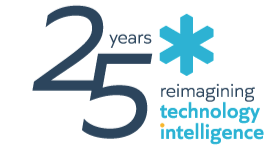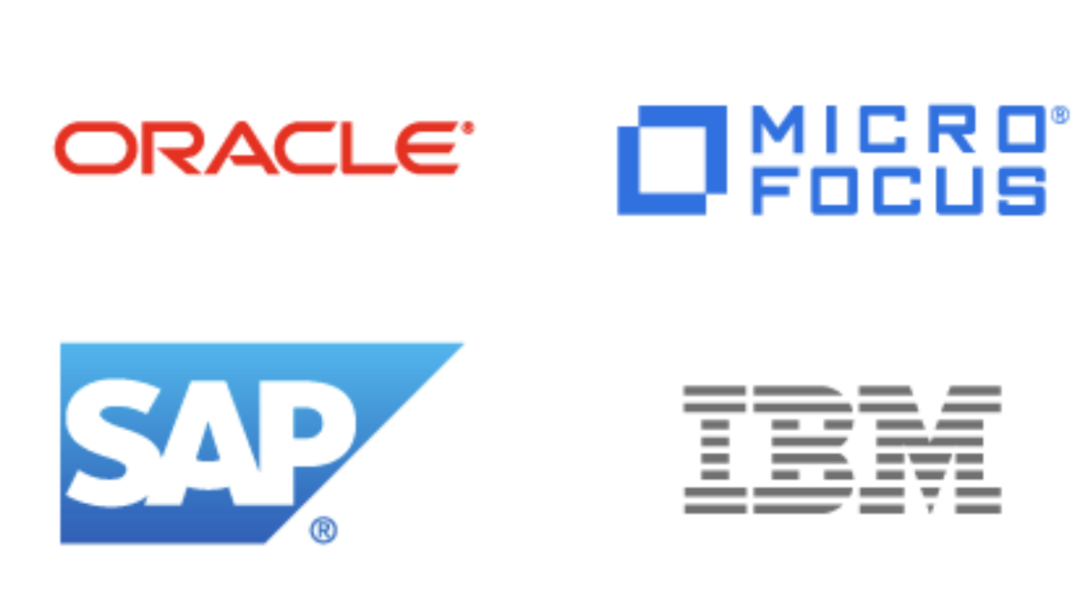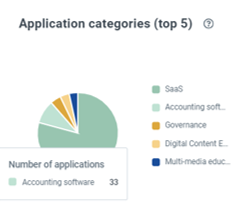Software Asset Management The fastest way to get more value from your technology investments
Get more optimization insights, avoid price increases, audit fines and risk.

Get a complete inventory of applications in use
Snow leverages agentless and agent-based methods to obtain a comprehensive inventory of known enterprise and shadow SaaS applications that bypass procurement procedures, such as free, trial and generative AI applications.
Learn MoreDetailed usage for each employee
Identify more opportunities for savings, cost avoidance and risk mitigation with automated software usage metering across on-premises, and free and commercial SaaS applications.
Learn MoreUnlock your first outcome in 30 days
When you need software usage and installation details for an upcoming renewal or audit, you need out-of-the box reports, usage insights and a partner with proven experience in establishing a SAM practice.
Learn More
Snow Software Asset Management Benefits
Thanks to the Snow Software suite, we provided the business with a highly reliable, scalable, secure and cost-effective SAM service. Based on the Snow solutions, the team has become a key enabler for the organization, establishing a trusted SAM capability.

IT asset management (ITAM) is the combination of hardware asset management and software asset management.
– Software asset management (SAM) focuses on ensuring license compliance and reducing risks from vulnerable and end-of-life (EOL) and end-of-support software. And, with the increase in usage of SaaS applications, additional emphasis is placed on ensuring organizations are getting the value from the software they’ve purchased.
– Hardware asset management (HAM) focuses on the process of managing hardware IT assets through purchase to retirement and may include end-user devices and peripherals, datacenter servers, network devices and IoT.
Learn more in this guide, the Basics of ITAM.
Software asset management has historically focused on on-premises applications for license compliance. Because it is so easy to purchase and use SaaS software, SaaS sprawl has become an issue at many organizations and the need to control costs and related risks is also now a key objective of software asset managers. A large percentage of SaaS applications are purchased outside central IT, and monitoring usage of SaaS applications and sharing this information across the organization becomes a key requirement for controlling SaaS sprawl.
Learn more about how the software asset lifecycle changes with SaaS management.
There are many negative consequences when organizations fail to have a focus on software asset management. These include:
-Paying for licenses not used
-Paying for duplicate software purchased in different organizational units.
-Not getting volume discounts across business units
-Security risks (shadow IT, EOL/EOS and vulnerable applications)
-Audit fees
-CMDB with dirty data
-Manual data gathering
Learn more in this guide on Building a Business Case for ITAM
Software asset management (SAM) is critically important for cyber security as you can’t secure what you don’t see. SAM helps improve cybersecurity by:
-Obtaining a comprehensive inventory of all IT assets
-Identifying application risks related to Shadow SaaS
-Locate assets with software vulnerabilities
-Identify risky end-of-life and end-of-support assets
Learn more about ensuring data security with software asset management.
Snow Software has been recognized as a software asset management market leader and more recently has been recognized as a representative vendor in the latest Gartner SAM Market Guide. Other recognized vendors include Flexera and USU.
With usage metering for both on-premises and SaaS applications and our extended expert team with >25 years of experience, Snow Software is the best choice for organizations who need to quickly solve their software asset management challenges.
Learn why customers choose Snow Software – Why Snow.


